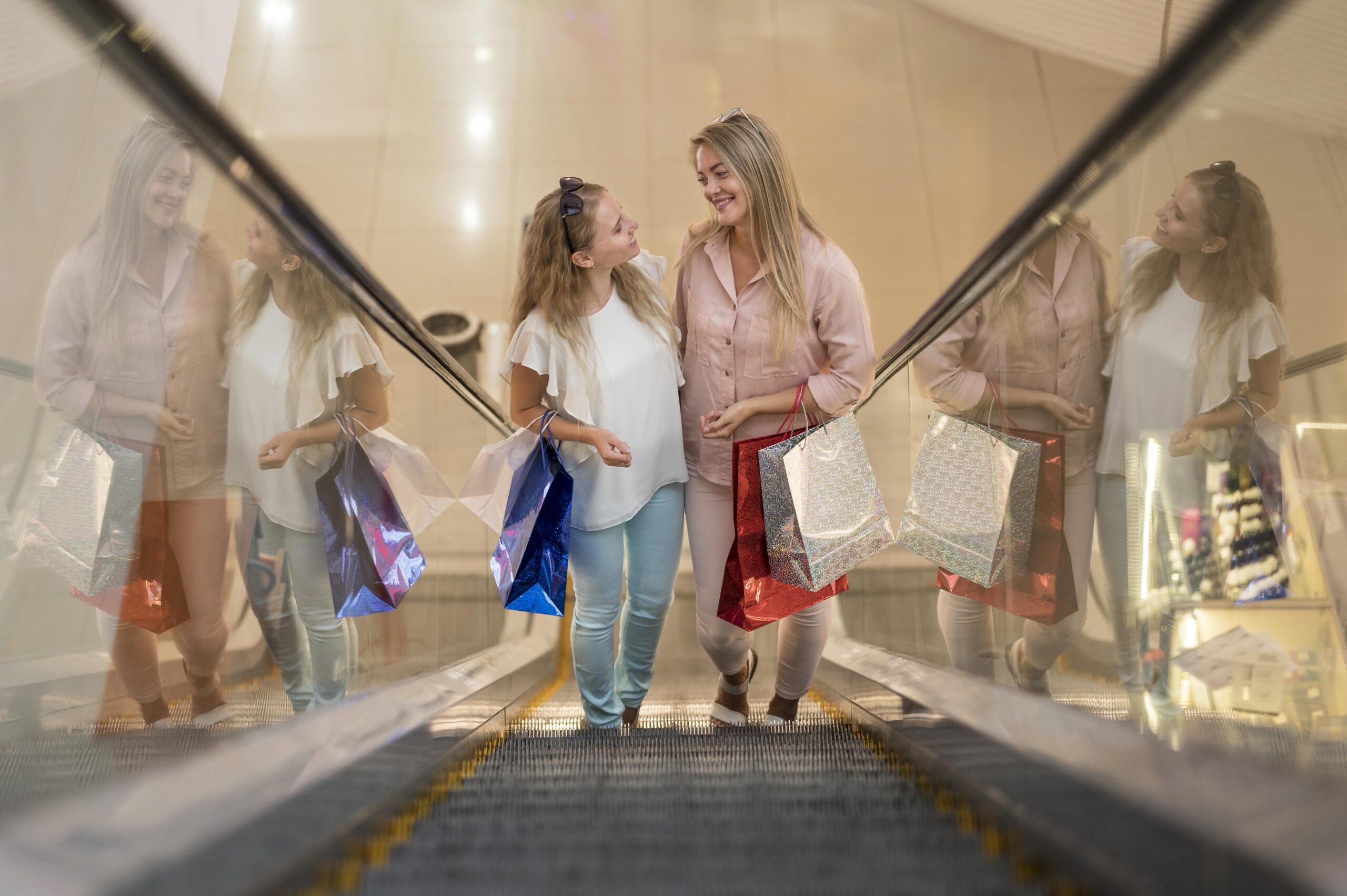Introduction
Superstitions are an integral part of human culture, transcending geographical boundaries and time periods. They manifest in various forms and find their way into almost every aspect of our lives, including our visits to shopping malls. A shopping mall, with its diverse crowd, bustling atmosphere, and myriad of experiences, provides fertile ground for superstitions to flourish. This essay delves into the intriguing world of superstitions in malls, exploring their origins, prevalence, and the psychological underpinnings that make them a significant part of our shopping experiences.

Origins of Superstitions in Malls
Superstitions in malls are often rooted in a combination of cultural beliefs, personal experiences, and popular urban legends. These beliefs can range from the mundane to the extraordinary, from avoiding specific stores or entrances to seeking good luck charms or rituals before embarking on a shopping spree. While superstitions may vary from one mall to another, some common themes emerge.
- Lucky and Unlucky Numbers: Many cultures attribute significance to certain numbers, deeming them either lucky or unlucky. Shoppers may avoid buying items that cost a specific amount, refuse to shop in stores with unlucky numerical combinations, or even select their shopping hours based on auspicious numbers.
- Avoiding Certain Stores: It is not uncommon for shoppers to develop superstitions about particular stores within a mall. They may avoid shopping at a store where they had an unfortunate experience, such as an argument with a salesperson or an unsuccessful purchase.
- Lucky Charms and Rituals: Some shoppers carry lucky charms, talismans, or engage in personal rituals before entering a mall. These rituals are believed to bring good fortune and ward off bad luck during the shopping trip.
- Parking and Entrance Choices: Superstitions may extend to the choice of parking spots or mall entrances. Shoppers may believe that selecting a specific parking space or entering through a particular door will enhance their shopping experience or protect them from negative energies.
Prevalence of Mall Superstitions
The prevalence of mall superstitions is influenced by a combination of individual beliefs, cultural backgrounds, and regional traditions. While some shoppers may dismiss superstitions as irrational, many still adhere to them, either consciously or unconsciously. Here are a few common examples of mall superstitions:
- Lucky Days and Times: Some shoppers prefer to visit malls on specific days of the week or during particular hours, believing that these times are luckier and more conducive to finding great deals.
- Lucky Colors: Wearing or buying items of a certain color is believed to bring luck. For instance, red is often associated with prosperity and good fortune, while black may be considered unlucky in some cultures.
- Avoiding Mirrors: A superstition prevalent in some malls involves avoiding looking into mirrors while shopping. It is believed that mirrors may reflect negative energies or spirits, leading to bad luck.
- Avoiding Stairs: Some shoppers avoid using stairs within a mall, especially if they are superstitious about descending stairs. They may prefer to use escalators or elevators to avoid bad luck.
- Carrying Lucky Objects: Shoppers may carry objects like horseshoes, four-leaf clovers, or religious symbols as protective talismans during their mall visits.
Psychological Aspects of Mall Superstitions
The persistence of superstitions in malls can be attributed to various psychological factors:
- Anxiety Reduction: Superstitions often provide a sense of control and predictability in uncertain situations. When shoppers feel anxious about their purchases or shopping experience, adhering to superstitions can offer a comforting psychological buffer.
- Confirmation Bias: People tend to remember instances that confirm their beliefs and forget those that contradict them. When a shopper has a positive experience while following a superstition, they are more likely to continue doing so, reinforcing the belief.
- Social Influence: Superstitions can be socially contagious. If a shopper observes others around them engaging in superstitious behavior, they may be inclined to join in to avoid feeling left out or potentially missing out on the perceived benefits.
- Cultural Norms: Cultural and societal norms play a significant role in shaping superstitions. Individuals often adopt the superstitions prevalent in their cultural or social circles.
Conclusion
Shopping malls are not just spaces for commerce; they are also rich landscapes for the exploration of human behavior, including superstitions. The world of mall superstitions is a captivating one, revealing how our beliefs, both rational and irrational, influence our choices and actions. While some shoppers dismiss superstitions as mere superstitions, others embrace them as guiding principles that enhance their shopping experiences.
Understanding the prevalence of superstitions in malls reminds us of the diverse ways in which we seek meaning, control, and comfort in our daily lives. Superstitions in malls are not simply irrational behaviors; they are windows into the intricate web of human psychology, culture, and the complex interplay between belief and reality in the modern world of commerce. As long as shopping malls continue to be spaces of wonder and commerce, superstitions will find their place among the aisles, escalators, and storefronts, offering us a glimpse into the enduring human fascination with the mysterious and the unknown.






